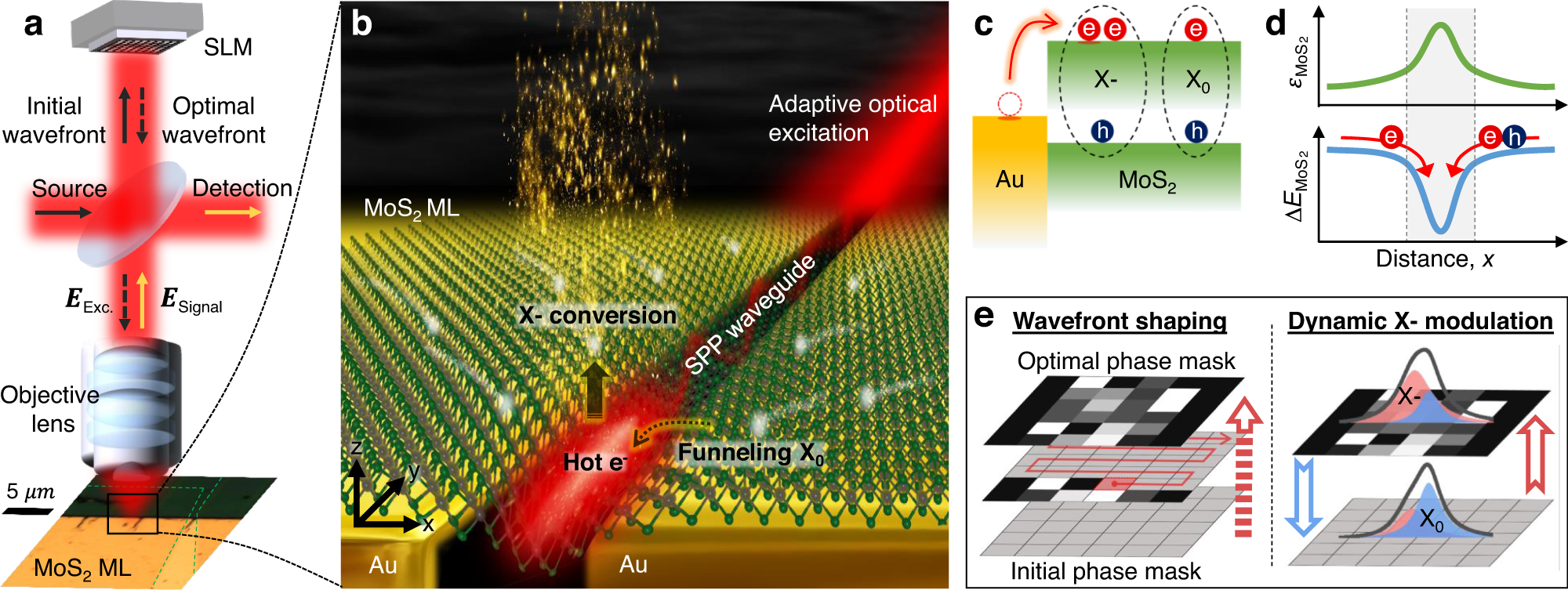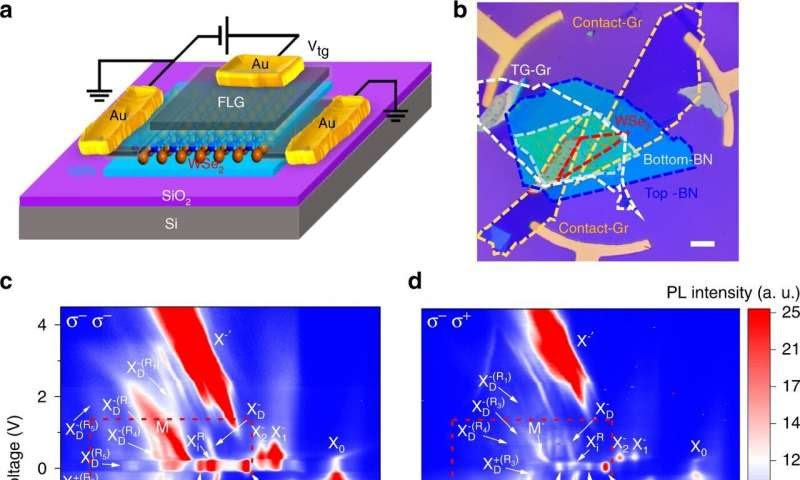
exciton tagged posts


A team of researchers led by Sufei Shi, an assistant professor of chemical and biological engineering at Rensselaer Polytechnic Institute, has uncovered new information about the mass of individual components that make up a promising quasiparticle, known as an exciton, that could play a critical role in future applications for quantum computing, improved memory storage, and more efficient energy conversion.
Published today in Nature Communications, the team’s work brings researchers one step closer to advancing the development of semiconductor devices by deepening their understanding of an atomically thin class of materials known as transitional metal dichal...
Read More
In a pump-probe experiment, the pump laser pulse first excites the 2D material, and later, at controllable time-delays, the probe laser pulse returns to the energy-pumped site to provide information about the evolution of the pump’s effect on the material. In the ORNL experiment, absorption of pumped energy first generated two excitons, X1 and X2. Dissociation of these excitons through hole trapping at the substrate freed their electrons. Then the arriving probe pulse generated new electron–hole pairs, which joined the remaining free electrons to form trions T1 and T2. Credit: Oak Ridge National Laboratory, U.S. Dept. of Energy
Quasiparticles – excitations that behave collectively like particles – can be difficult to detect...
Read More






Recent Comments